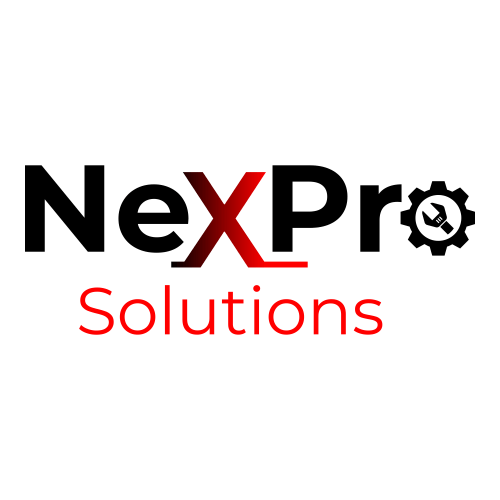Streamlining Onboarding: How Trucking Companies Complete Carrier Packets with Brokers and Shippers
Navigating the Onboarding Process for Efficient Partnerships in the Trucking Industry

In the complex world of logistics, successful partnerships between trucking companies, brokers, and shippers are essential for the seamless movement of goods. One critical aspect of establishing these partnerships is the completion of carrier packets, a process that ensures compliance with regulations, safety standards, and contractual agreements. In this blog post, we'll delve into the significance of carrier packets, the components involved, and tips for streamlining the onboarding process between trucking companies, brokers, and shippers.
Understanding Carrier Packets:
Carrier packets are a collection of documents, forms, and information that trucking companies provide to brokers and shippers during the onboarding process. These packets serve as a comprehensive introduction to the trucking company and its operations, while also ensuring legal and safety compliance. Carrier packets help establish trust and transparency between all parties involved, laying the foundation for successful partnerships.
Key Components of Carrier Packets:
- Insurance and Authority Documents: Trucking companies are required to provide proof of insurance coverage and valid operating authority to operate legally. These documents ensure that the company has the necessary coverage to protect against potential liabilities and damages.
- Safety and Compliance Records: Brokers and shippers need to ensure that the trucking company adheres to safety regulations and compliance standards. This involves sharing records of safety ratings, inspection reports, and compliance history.
- W-9 Forms and Tax Information: Providing accurate tax identification information, such as W-9 forms, is necessary for proper tax reporting and payment processing.
- Billing and Payment Information: Clear payment terms and billing instructions are essential for smooth financial transactions. This includes sharing preferred payment methods, invoicing details, and any additional billing requirements.
- Contact Information: Accurate and up-to-date contact information for key personnel within the trucking company ensures effective communication during the transportation process.
Tips for Streamlining the Onboarding Process:
- Digitize Documentation: Embrace digital tools and platforms to streamline the onboarding process. Digitizing carrier packet documents reduces paperwork, enhances efficiency, and ensures easy access to information.
- Prioritize Clear Communication: Effective communication is key to successful partnerships. Clearly communicate expectations, deadlines, and requirements to avoid any misunderstandings during the onboarding process.
- Centralize Information: Utilize centralized platforms or systems to store and share carrier packet information. This ensures that all parties have access to the latest and most accurate documents.
- Automate Compliance Checks: Use software solutions to automate compliance checks and verification processes. This minimizes errors and ensures that only qualified trucking companies are onboarded.
- Regularly Update Information: Keep carrier packet information up-to-date. Regularly review and update documents, insurance coverage, and contact details to maintain accurate records.
Completing carrier packets is a crucial step in establishing successful partnerships between trucking companies, brokers, and shippers. By understanding the significance of carrier packets, organizing key components effectively, and implementing streamlined onboarding processes, the trucking industry can ensure smooth operations, compliance, and mutual trust.
Ready to Simplify Onboarding?
Visit our website to learn more about our carrier packet service and how it can benefit your trucking company, brokerage, or shipping business. Simplify the onboarding process, enhance partnerships, and focus on what you do best while we handle the details.
Experience efficient onboarding like never before. Contact us today to get started!










